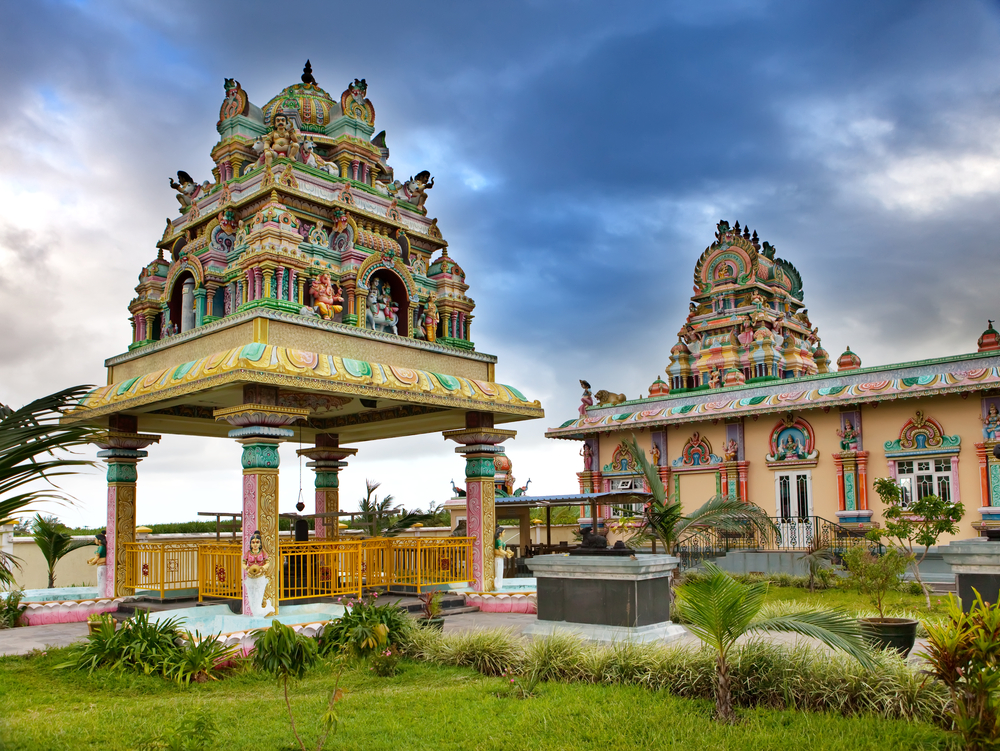Country Snapshot: Cultural Overview
The culture of India’s vast subcontinent can be described in one word: diverse. The ancient civilization of the Indus Valley in the northwest has commingled with the Dravidian peoples of the south, and the descendants of Persian conquerors and various European colonizers to create a single national identity. This also led to a deeply ingrained spirit of tolerance, but one where people retain very strong ties to the culture of their family’s religious and regional roots.
Ethnic diversity is a key part of Indian culture. Besides the largest groups—the dominant Indo-Aryans, the southern Dravidians, and the Mongoloids from the Himalayan region—there are hundreds of large ethnic groups throughout the country, most of which have their own dialects and religious variants.
Religion is taken very seriously in India in part because four of the world’s larger religions—Hinduism, Sikhism, Buddhism, and Jainism—originated there. Hinduism has the largest following with Islam the largest minority religion, making India the third-largest Muslim country in the world. There also are large numbers of Sikhs (concentrated in Punjab), Christians (especially in the deep south), Jains, and Parsis (also known as Zoroastrians).
Linguistic diversity is on full display in India, with as many as 600 actively spoken languages, many without written scripts at all. The two main language groups are: Indo-Aryan, spoken by more than 70 percent of Indians, primarily in the north, which includes Hindi, Urdu, Marathi, Bengali, and many regional variants; and the Dravidian languages (Telugu, Kannada, Andhra, Tamil and Malayalam), spoken by about a quarter of the population in the south. Hindi and English are the two official national languages.
Indian cuisine is largely influenced by the vegetarian traditions of major indigenous religious groups and an abundant array of native spices. Common spices include pepper, turmeric, curry leaves, cinnamon, cloves, coriander, cumin, cardamom, and ginger. The primary staple is rice, although beans are often ground into flour and used as a staple. Wheat-based bread like roti and chapatti are common as well. Rice is typically eaten with vegetable stews and dals, which are spiced bean stews made from lentils, mung beans, or chickpeas. Vegetarianism is widespread, especially in the south and in the countryside. The north is well known for its Persian-influenced aromatic meat dishes, made from lamb, goat (called mutton in India), and chicken, as well as meat cooked in tandoors, traditional clay ovens.
Indian women have gained more liberty and equality than in the past, though that may not be saying much. Many Indians prefer women to hold traditional roles within the family, and in that arena women are expected to obey their husbands. Domestic violence within marriage is widespread (and underreported), with women often trapped in abusive marriages due to the stigma that surrounds divorce and single mothers, as well as through an inability to financially support themselves and their children. Exacerbating the problem is Indian women's discrimination in employment opportunities and wages, with women occupying only about one-quarter of the country's work force. Indians accept women in political leadership roles, with Indira Gandhi serving as the country's first female prime minister in the 20th century, and women have led major political parties in the modern era. Female representation in government is low, however, at about 10 precent.
Family values are respected by Indian people, so parents, as well as elders in general, are held in high esteem and children are treasured. Religious festivals and weddings are major community events. The surname of an Indian depends on the family’s native village, caste, and/or traditional family occupation. Men are the family heads, although Indian women are increasingly taking up the role of breadwinners. Despite this, domestic violence is rampant in India and extends across demographics. Arranged marriages are still very much the norm, though "love" marriages and inter-caste or inter-religious unions are increasingly common in the 21st century, especially among Indians who remarry. Child marriage—occurring before age 18 and often after the onset of puberty or younger—is a major problem in India, and "honor killings" are common. These are the murder of an individual, most often a woman killed by a member of the family, in punishment for what they see as shame or dishonor brought to themselves or their family by "inappropriate" actions of the murdered person.
Copyright © 1993—2025 World Trade Press. All rights reserved.

 India
India 
